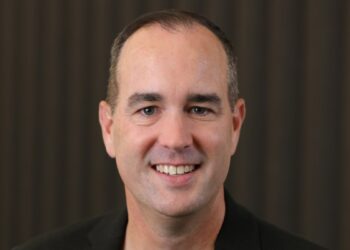Liam Shorte, director of Sonas Wealth, said in his experience that people who bring their children into their SMSF come from cultures where they are used to investing as a family.
“The majority of Anglo-Saxon or Anglo-Irish don’t talk to their kids about money. They don’t invest with their kids unless it’s true business,” he said.
“For me, the people who will bring their children into an SMSF come from cultures where they are used to investing as one, as a family. The first generation may have come to Australia fairly poor and built up some wealth. The second generation developed that wealth and as they’re passing it to the next generation, they’re specifically the ones who want to bring in a son or daughter to help them run the fund in retirement.”
Shorte said it is necessary in these scenarios that all members of the fund be “on the same board” and acknowledge that each generation will be using the fund for different purposes.
“You will have the older generation in pension phase and they will need to be drawing down, then the younger generation will be in growth phase, but the investment is done thinking of family wealth.”
“The older people know they’re going to have to take their pensions out, but they’re still investing long term for the family, so they’re happy to stay at a higher risk level than you would normally expect a retiree to be in. They can see the contributions are coming in from the younger generation that helps pay out the pensions.”
The fund will do well, he said, because of this long-term investment strategy with a higher risk profile.
“What it comes down to is the exit strategy. If it goes wrong, are you willing to bring in spouses? What happens if one of them passes away and the spouse is not a member, and then suddenly you’ve got an illiquid asset in there?”
Shorte said in his experience, a family SMSF that performed well has been well diversified and therefore had fewer issues with liquidity.
“It’s the parents who are the drivers of the risk-taking because they want to make sure that their children invest long-term and not just in the short-term mindset.”
“I’ve learned a lot from working with those people because we often hear at conferences those war stories about bringing the kids into the fund and how those risk-return capabilities won’t be aligned between the two generations.”
Shelley Banton, head of technical for ASF Audits, said it is more common from an Anglo-Saxon point of view to reduce the risk as members are approaching retirement to ensure there is liquidity in the fund.
“But if you’ve got a family fund that’s got money coming in, and often the parents are helping them put in extra contributions, liquidity is not a factor,” she said.
“They’re good investors, so they’re not putting all their eggs in one basket. It’s a great education opportunity for people as well to teach the next generation how to invest.”


